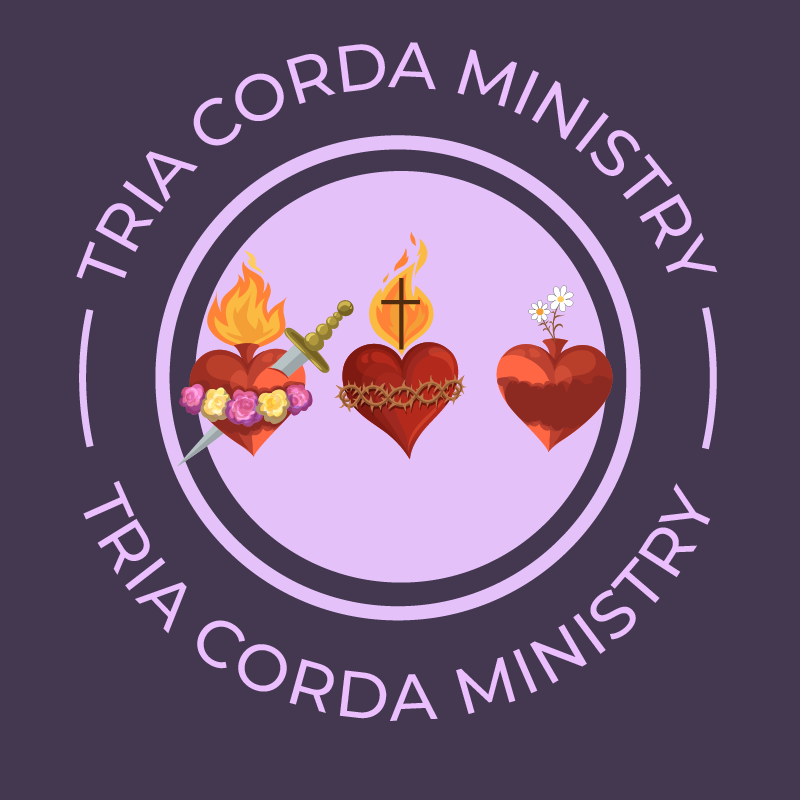Protective Factors: Reasons for Hope

Let’s face it: Reading about all of the potential negative impacts of trauma can make it seem like everyone who experiences trauma is doomed to face negative consequences. Having hope in the face of those research findings can be challenging.
However, as we often emphasize on our pages about the effects of trauma, there is hope, and a line of research about things called protective factors is giving us a research basis for this hope.
Research on protective factors emerged when researchers discovered that not everyone who experiences trauma experiences negative impacts. Many recover from their experiences and even thrive in the face of adversity. So, researchers began to look into what makes people who recover from or even thrive in the face of adversity different from those who may face negative impacts.
These researchers coined the term “protective factor” to describe these differences. A protective factor is anything in the individual, their family, or their surrounding community whose presence helps to promote health, well-being, and thriving even in the face of exposure to trauma and other adversity (1). Researchers in this field have discovered numerous potential protective factors, which we’ll discuss more below.
The Number of Protective Factors a Person Has Makes a Difference
Multiple studies have found that the more protective factors a person has, the less likely they are to experience the potential negative impacts of trauma. Researchers describe this idea as a resilience portfolio, where the fuller a person’s portfolio of protective factors is, regardless of which ones they have, the less likely they are to experience those impacts (2).
For example, in one study of children in treatment following child abuse, exposure to childhood trauma was more strongly associated with symptoms of PTSD if children had lower numbers of protective factors. The relationship was not very strong if a child had higher levels of protective factors (3)
Protective Factors at the Individual Level
Studies have found numerous individual-level protective factors against several outcomes following exposure to trauma, including worse academic performance, PTSD symptoms, depression symptoms, suicidality, and physical health problems. Here is a list of some examples:
- Higher levels of intelligence (4)
- Social skills (4)
- Self-control (4)
- Self-esteem (4)
- Humor (5)
- Healthy coping (5)
- Perseverance (6)
- Optimism (6)
- Happiness (6)
- Hope (6)
- Ability to make plans (6)
- Faith and spirituality (7)
- Taking care of oneself (7)
- Meaning making about the trauma (1)
- Emotion regulation in healthy ways (1)
Relationships: The Most Impactful Protective Factors
Research has consistently found that interpersonal relationships are the most impactful protective factor. One theory for why this is the case comes from Judith Herman, a very influential trauma researcher. Herman writes that two core experiences involved in trauma are disempowerment and disconnection from others. To recover from trauma, then, one needs to feel empowered and create new connections with others. The latter is why relationship protective factors are so influential (8)
Researchers have consistently found that, for the effects of childhood trauma specifically, one of the most impactful protective factors is the presence of at least one caring adult in a child’s life who is not a parent (7). This adult could be a teacher, coach, friend’s parent, or church member.
Some other examples of protective relationship factors against effects such as worsened academic performance, teen dating violence perpetration, acting out in school, substance use, sleep problems, and other mental health and physical health problems include:
Protective Factors Preventing Trauma and Its Effects Being Passed On
Finally, there is some evidence that various protective factors can prevent trauma and its effects from being passed on to the next generation.
In one review of several articles, researchers found that the following factors were associated with a lower likelihood of mothers who had faced maltreatment then going on to maltreat their children: (13)
- Having a supportive relationship with an adult as a child
- Having a positive and supportive romantic relationship
- More social support
- Good attachment with one’s child
For example, there is some evidence that mothers with a high ACE score are more likely to have kids who act out. However, in one study of mothers with a high ACE score, those with good levels of social support didn’t see this link. It only occurred when mothers had low social support.
Conclusion
In conclusion, this line of psychological research lays out many reasons for hope for those exposed to trauma. So many things can lessen the likelihood of negative outcomes, so there are many reasons for hope.
This research line also gives us work to do as a Church. When we know that these things can be so helpful for those exposed to trauma, we should do what we can as a Church to be a place of plenty of protective factors. Read on to learn about particular types of protective factors for children and ideas for how we, as a Church, can apply this research.
